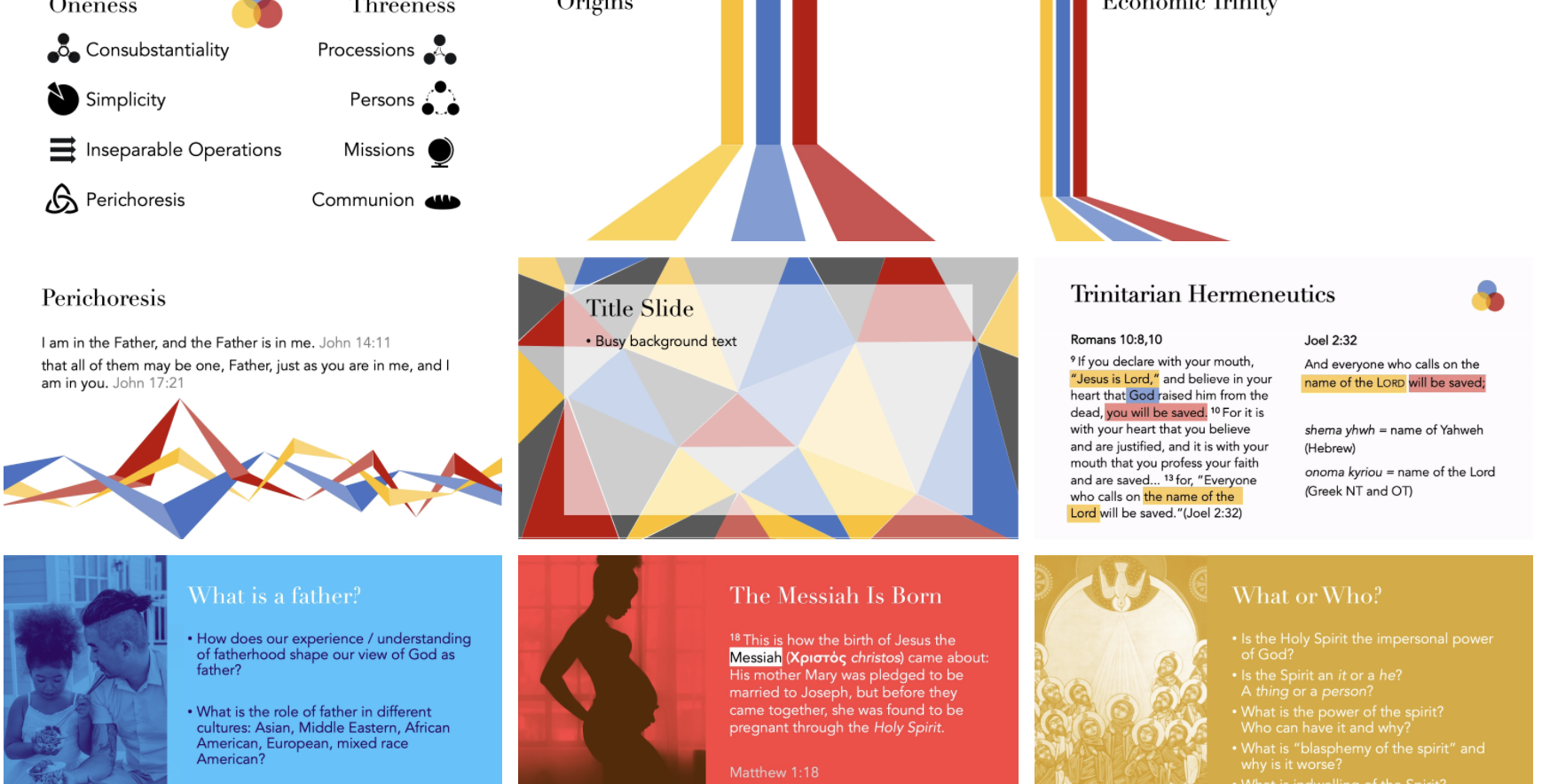A few years ago, I started teaching the second class in Dallas Theological Seminary‘s systematic theology sequence—ST5102 Trinitarianism—in which we get to spend an entire semester covering the doctrine of God, Christology, pneumatology, historical development, modern issues like ESF, and so on.
As I’ve been developing the class, I’ve been working on a slide template, color scheme, and icon set that I hope can serve as a visual grammar for representing some of the key concepts. I shared some of these on Twitter recently, and enough people asked if they could use it that I thought it would be helpful to post for others to use. (All images come from pexels.com, pixabay.com, or other free stock image sites).
Trinity Slide Templates
Click the link above to download. Below are samples of the templates included.
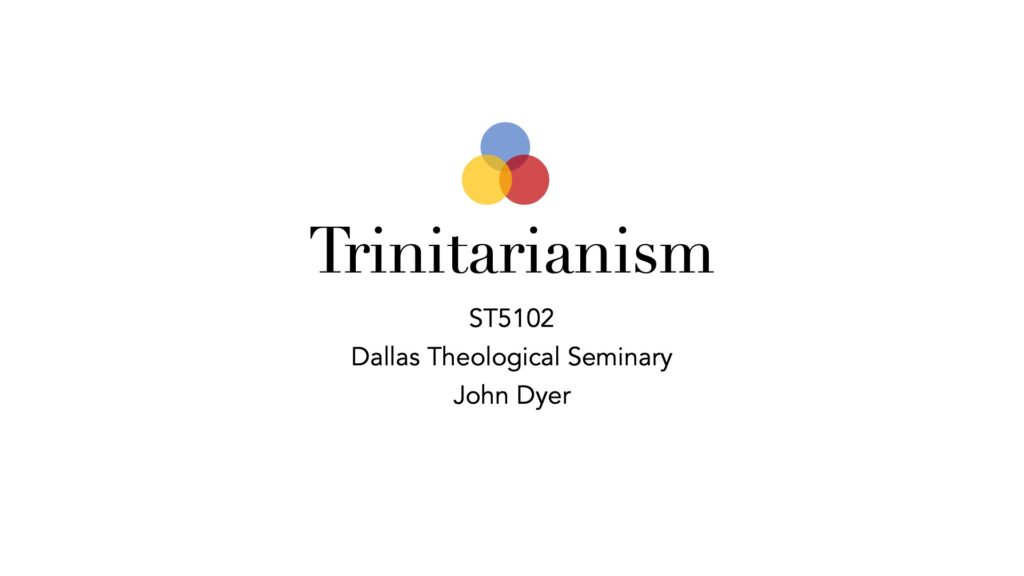


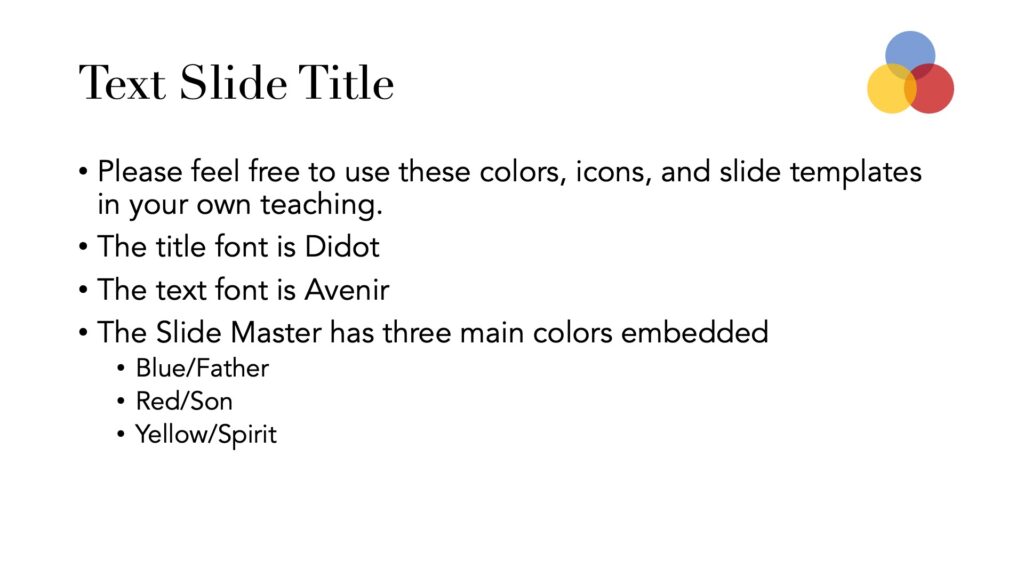
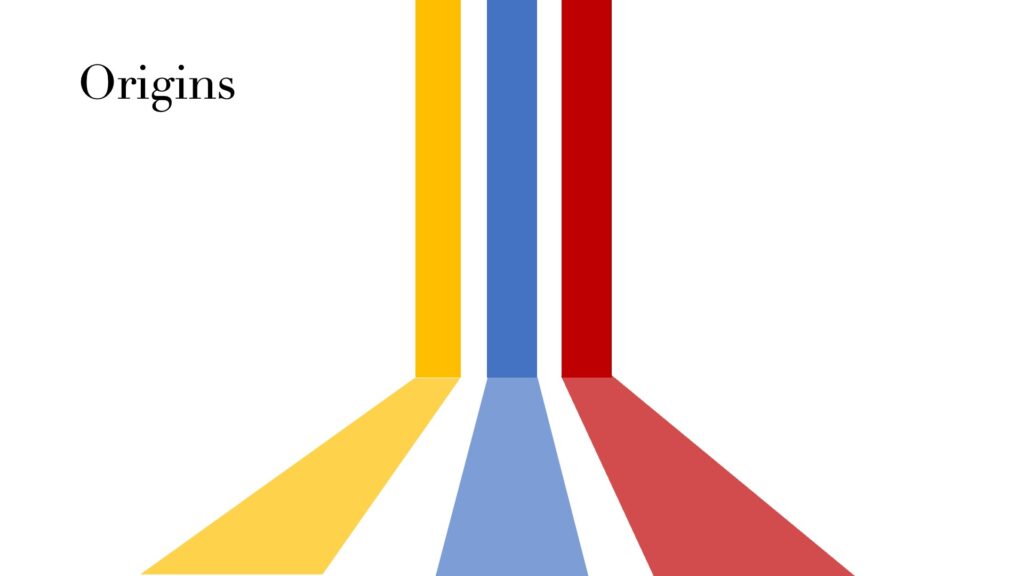
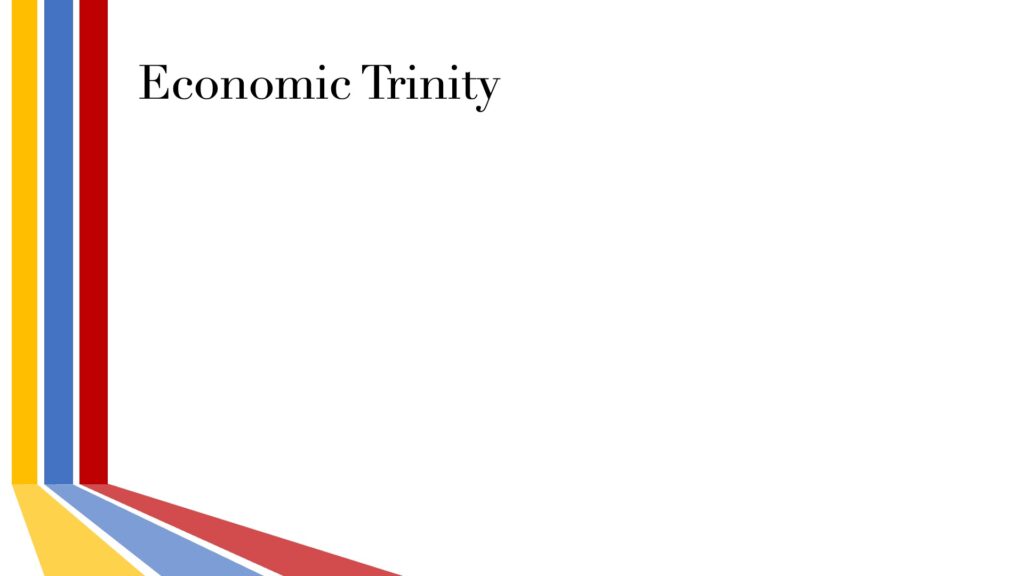
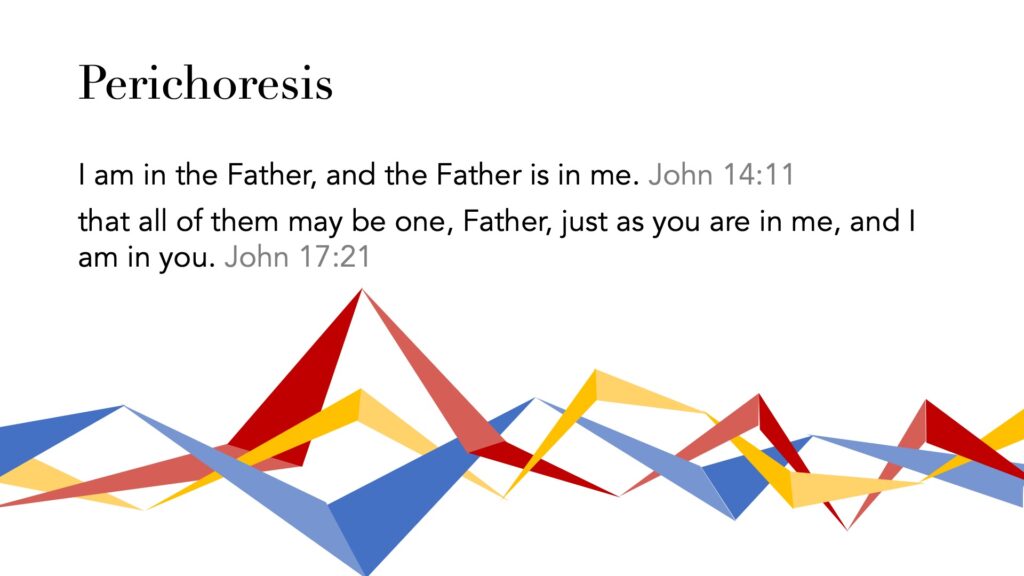

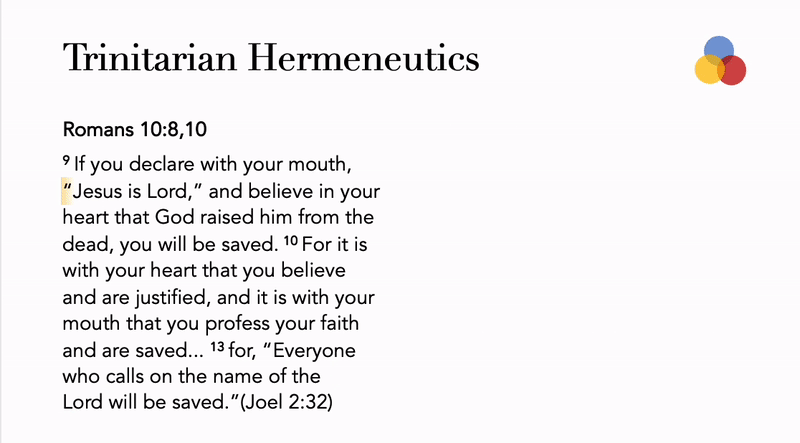
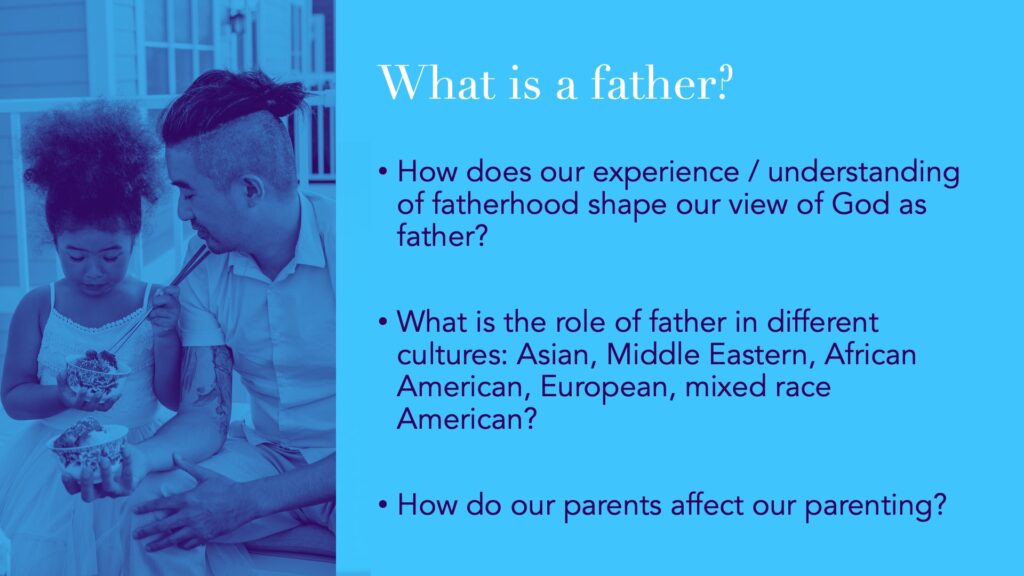
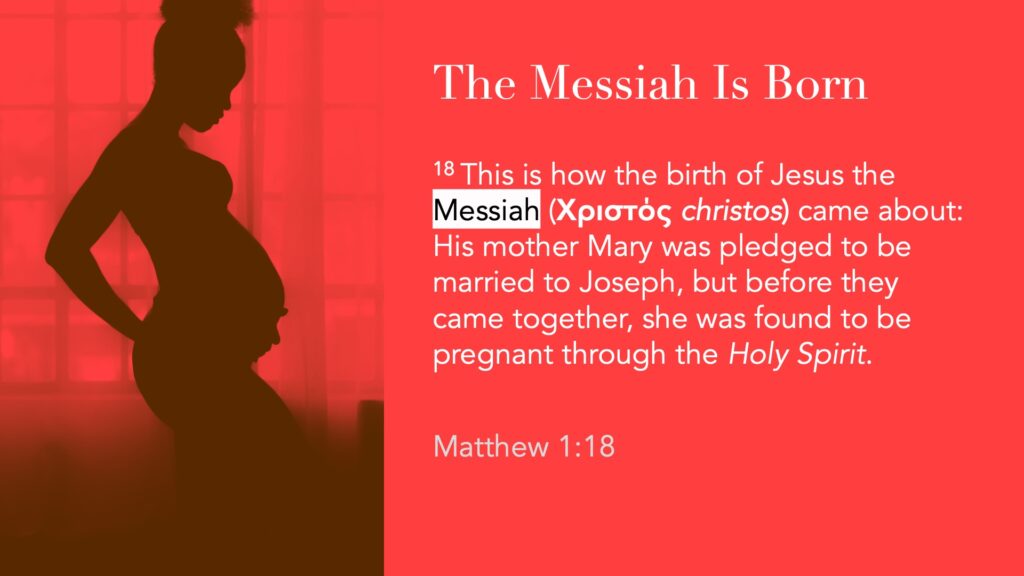
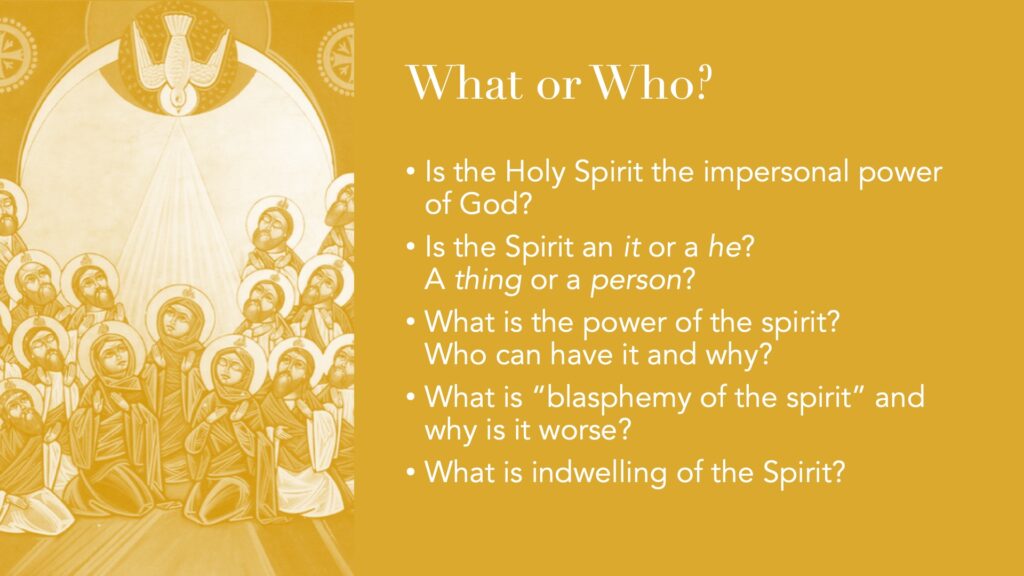
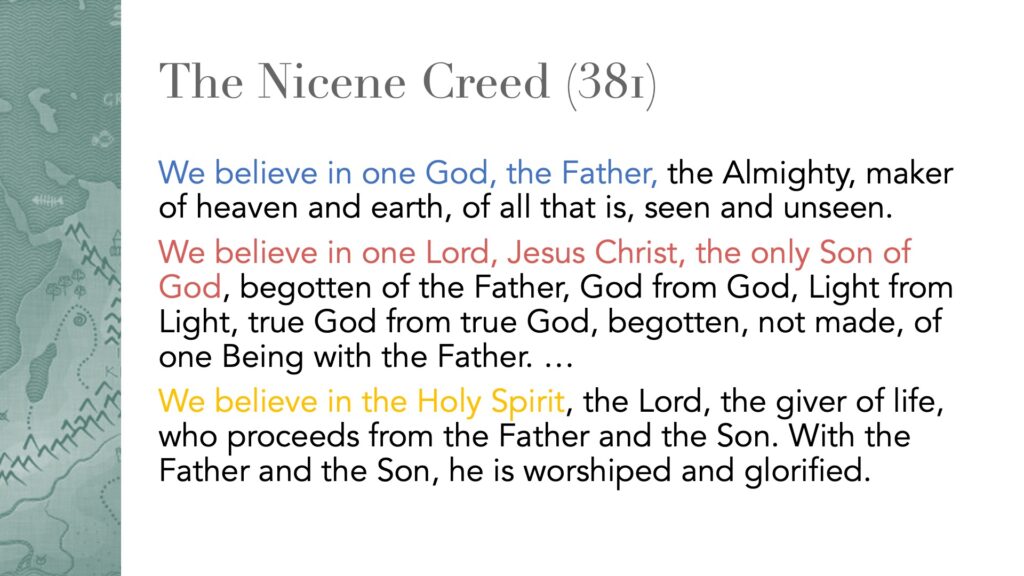
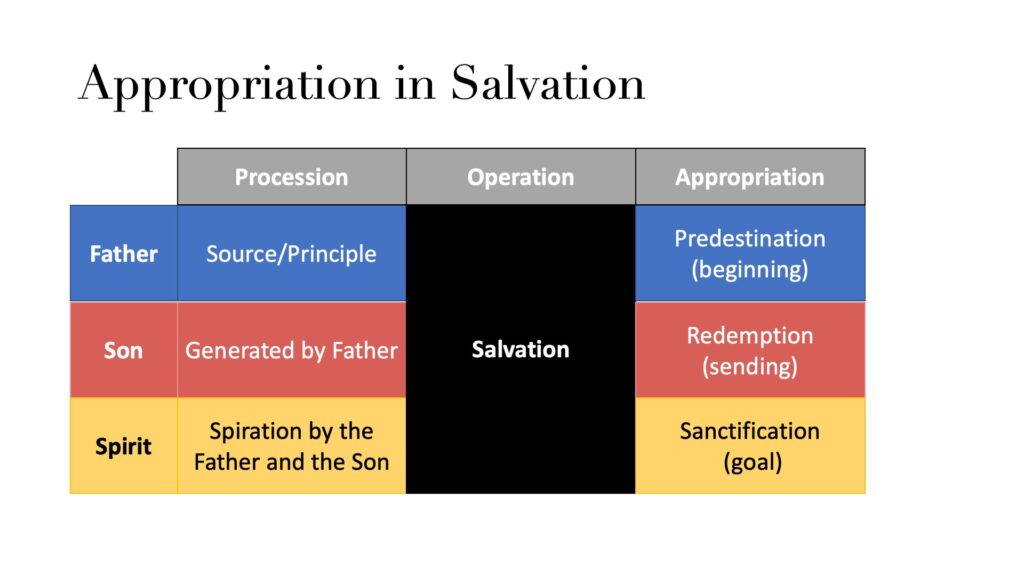
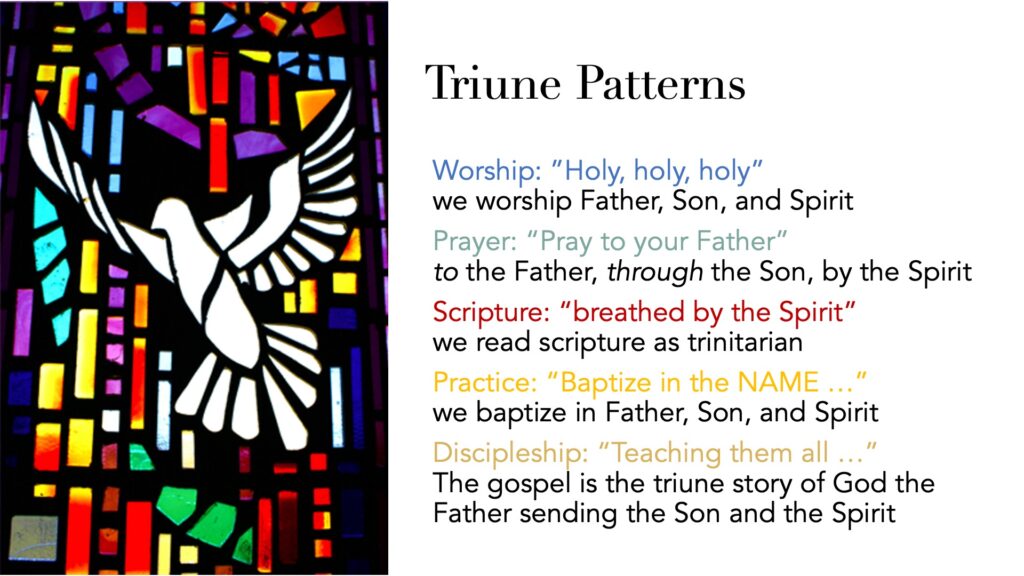
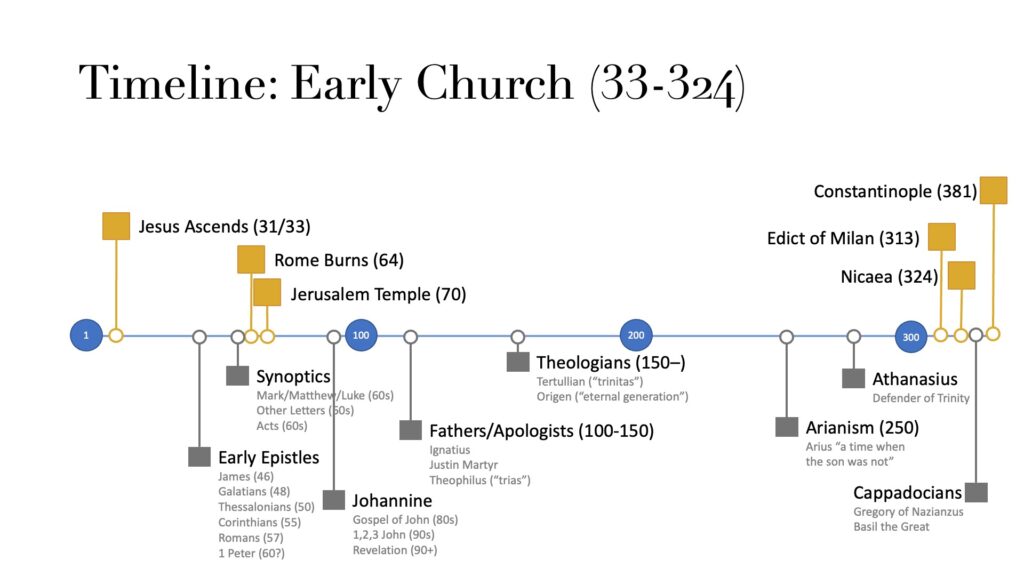

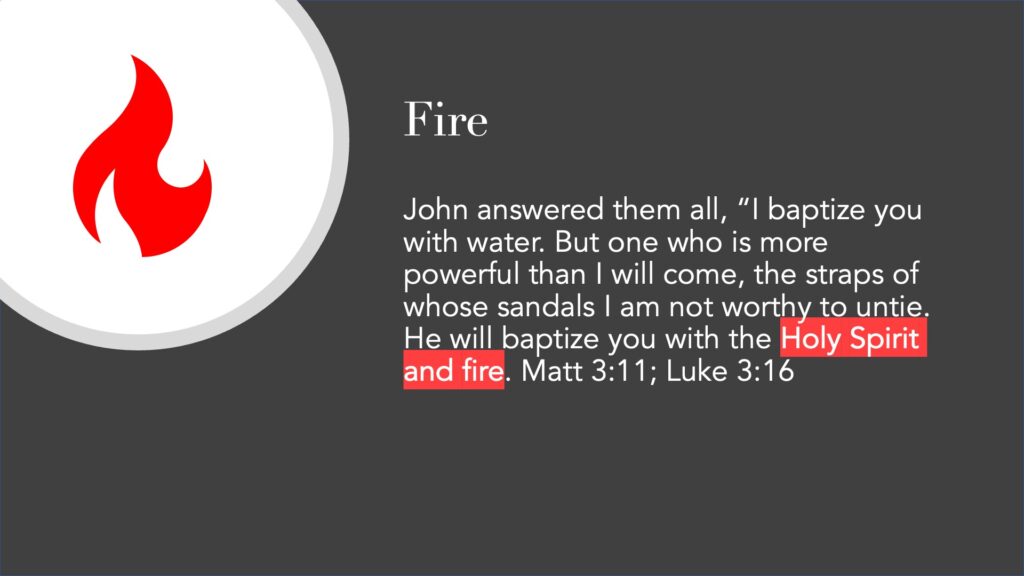
You might notice that the color scheme is reminiscent of the cover for The Deep Things of God by Fred Sanders.
Background
I’ve inherited a wealth of wonderful material and structure from my mentor and friend Scott Horrell, who’s written and taught more that I’ll probably ever know. His work gave me a great starting place for the course. At the same time, in last 10 years or so, there has been an abundance of excellent new books exploring and rearticulating classic trinitarianism, and I’m working to update how I teach and what I include.
One of these book was Glenn Butner’s new Trinitarian Dogmatics, and I really appreciated the way he laid out eight of the most important trinitarian concepts. I had these scattered through my lectures, but I decided to put them all together into one as a review for my students. In doing so, I also thought it would be helpful to create some illustrations for each one that would distinguish the concepts and show their main emphasis. Those eight icons are in the third slide above.
As we all know, trinitarian illustrations always fall short of the wonder and mystery of the triune God, and if taken too literally or alone, they risk teaching heresy. But taken together and seen all at once, I felt they would offer more clarity on things like the distinction between processions (how the one divine nature is shared) and persons/relations (how each person is related to the other), and what we are saying by simplicity (that God is not parts, as if a slice of him can be taken out) and inseparable operations (all three persons are at work in all actions toward creation). In this context, the classic triqueta form makes sense for perichoresis.
The other designs are mostly just an attempt to be visually interesting and use color in a clear and compelling way. For example, in explaining how Paul uses Joel 2:32 in Romans 10 to force us to see that Jesus has always been part of the identity of YHWH, I have little animated highlights to draw visual connections between elements of the text (see animation in the 9th image above). There are also timelines and other fun things that I hope get you started.
Please let me know if you use it!
Update (Feb 2023)
Here’s a video of me using some of these slides in a 1 hour Trinity overview:
